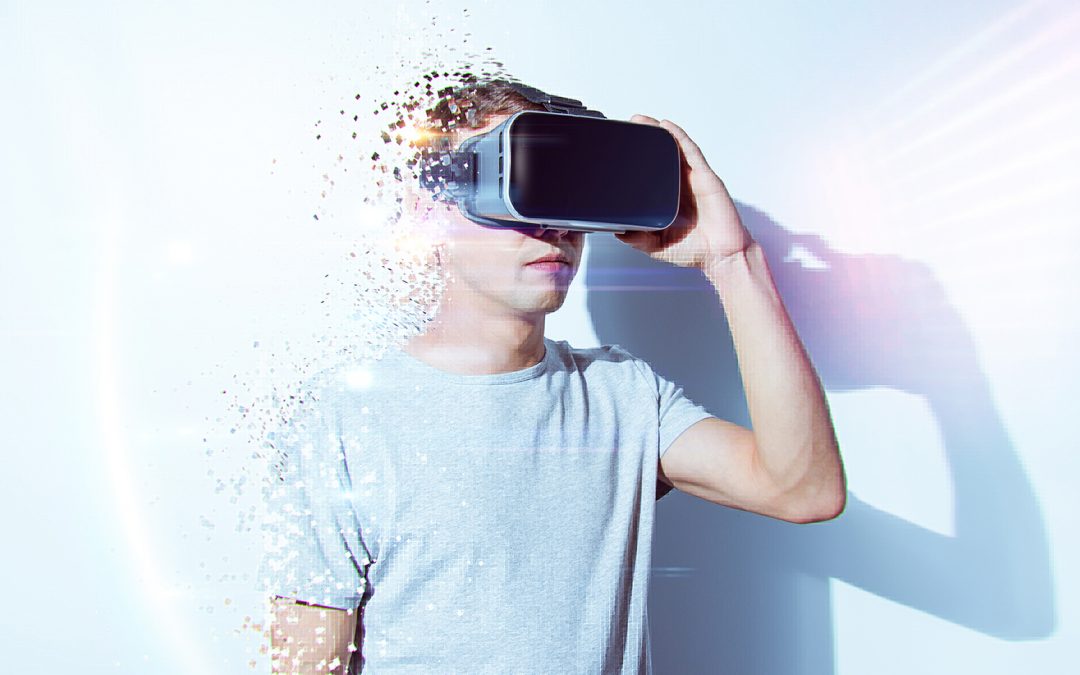There was a time not that long ago when Virtual Reality seemed to have been relegated to the dustbin of tech history, forgotten alongside Geocities sites net neutrality.
Part of that problem stemmed from the technology coming of age too early – the first VR headsets were enormous. The eyestrain of low-res screens and the neck spasms of bulk hardware killed the immersion, relegating this once-promising technology to little more than a gimmick.
But at long last, VR technology has not only become much more affordable, its technological underpinnings have finally been able to deliver that promise of full-fledged immersion. It couldn’t have come at a better time – let’s face it, the real world has seen better days. The timing is right for virtual reality to make its triumphant return.
That’s all well and good, but the real question is: How can you make it work for you? According to Statista, the number of VR headsets will reach 82 million people (that link is behind a paywall, so you may have to take us at our word). With so many of your potential customers strapping on their Oculus Rifts or checking out of reality through their PlayStations, those eyeballs have never been closer to your message. Literally. Adapt your marketing to this, and you’ll find yourself on the cutting edge of a new marketing frontier.
Welcome Customers In
One of the most obvious advantages of VR is the chance to truly realize that virtual storefront that web sites once promised. If your business is travel and tourism, this gives you a chance to whet their appetite with a small taste of the experience you sell, like the immersive VR brochures created by Wild Welsh Adventures & Legends. Their 360-degree experiences put you right in the midst of Wales’ natural beauty, leaving you wanting more.
There are clear advantages to the real estate and homebuilding industries as well, with companies like Matterport creating virtual walkthroughs of homes for sale as well as spec houses. Lowe’s has even gotten in on the action with their Holoroom letting you try out different materials and finishes before you put in the sweat equity of a remodel.
The fashion industry has also been hard at work adapting their marketing to VR, with one of the earliest adopters being TopShop. They took to London’s Fashion Week 2014 with a front-row seat that anyone could experience through VR. Adidas offered a virtual ascent of the Bavellas mountain range on Corsica to promote its Outdoor Terex Collection.
Share the Experience
But what about businesses that don’t necessarily lend themselves to audio/visual experiences? After all, it’s one thing to see a product, it’s another to taste it, smell it and feel it.
Believe it or not, food brands have found a way to get in on the VR marketing train. Although in Coca-Cola’s case, it was actually a sleigh. Not that Coke’s marketing has ever really spoken to the flavor of Coke, but their Virtual Sleigh Ride through Poland was a stroke of virtual marketing genius. The company that essentially invented the modern vision of Christmas invited riders on a ride aboard Santa’s sleigh that combined the joy of the season with the thrills of a high-speed roller coaster.
Even food and drink companies less reliant on holiday cheer to sell their goods have hopped on the VR bandwagon. Boursin cheese unveiled a series of virtual reality experiences at shopping malls across the UK that gave shoppers a chance to tour a virtual refrigerator. The result was a sensory experience that not only showcased Boursin’s line of cheeses, it also served as a brilliantly aspirational ad (buy Boursin cheese, it seems to say, and you can be the type of person who has multiple fancy bottles of wine, fresh produce and organic pesto in your fridge).
Use it Wisely
It can be an expensive endeavor, but it’s one that’s showing to pay off. In addition to the rise of VR headsets creating an entire new market for your message (one that, not for nothing, is hungry for content to justify the expense of their headsets), the experience of VR is one that lends itself well to marketing.
For starters, it gets around ad blockers. Your savvy audience has started blocking your ads, to the tune of 40 percent who are now actively blocking ads on desktop (and 15 percent on mobile). A VR experience gets around that by positioning itself as, well, an experience. Even if it’s an ad. And even subtle product placement within a VR experience trends more successful than traditional ads – one study found that 70 percent of users found ads within VR less intrusive.
Done well, virtual reality can be a tremendous way to gain attention for your business and reach a marketing audience that has shied away from traditional avenues and is looking to embrace VR. Get there first, and that audience is yours.
Looking for more ways to help your business grow online?
Give us a call at 904-203-8104 or fill out our contact form.
Also, don’t forget to download our Guide to Digital Marketing for the latest insights.

